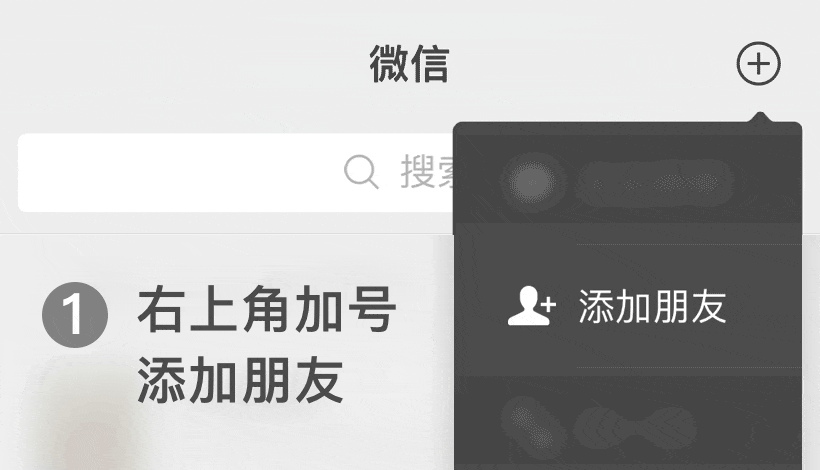+
wechat number:头部切换按钮及底部微信


Recommended Reading
- What is a continuous casting machine? An introduction to the application and principle of continuous
- What is a pusher and its function
- The function and advantage of short stress line roller
- Comparison of cold rolling mill and transmission mechanism;
- Analysis of the principle of straightening machine, understanding the different types of straighteni
- What is a continuous rolling line? What equipment does a complete continuous rolling line include?
Analysis of the principle of straightening machine, understanding the different types of straighteni
source:www.fjkwyj.com | Release time:2025-08-21
I. Principle of the Straightener
The straightener is a machine used to remove bending from sheets of steel after rolling restore them to their original shape. The main principle of the straightener is to bend and twist the metal sheet through the machine, causing the sheet to be stressed and to produce certain amount of plastic deformation under the action of a constant force, ultimately restoring the sheet to its original shape. The principle of the straightener is not only applicable to sheets but also various metal materials such as bars, pipes, etc.
II. Classification of Straighteners
Depending on the structural form, straighteners can be divided into hydraulic straighteners and straighteners.
1. Hydraulic Straightener
The hydraulic straightener introduces a pressure system, which pressurizes hydraulic oil through a high-pressure pump into a high- oil pipe, thus applying a certain hydraulic pressure to a specific hydraulic cylinder, thus realizing the straightening of the sheet. This machine has a good straightening effect and can directly change straightening pressure and stroke, which is convenient to adjust. Its disadvantage is that it occupies a large space and has a relatively high cost.
2. Mechanical Straightener
mechanical straightener, on the other hand, straightens the sheet by mechanical pressure. Its structure is simple and easy to operate but requires multiple adjustments to the position and stress surface of straightening roller. Mechanical straighteners are suitable for the straightening of small bends in sheets but are not ideal for large bends.
III. Application and Characteristics Straighteners
Straighteners are suitable for the straightening of sheets, pipes, profiles, and other metal materials and are used to solve the problem of processing costs caused by sheet.
When choosing the right straightener, it is necessary to consider factors such as the size, hardness, and range of curvature of the workpiece to be straightened. Hy straighteners are suitable for large quantities of high-precision straightening, while mechanical straighteners are suitable for small batches of sheets with few impurities.
In conclusion, the principle and of straighteners are constantly developing and becoming more diverse, and their application range is also becoming increasingly wide. More and more manufacturers are beginning to use straightener equipment to solve the problem sheet bending, and it is hoped that this article can help you better understand the principle and types of straighteners.
The straightener is a machine used to remove bending from sheets of steel after rolling restore them to their original shape. The main principle of the straightener is to bend and twist the metal sheet through the machine, causing the sheet to be stressed and to produce certain amount of plastic deformation under the action of a constant force, ultimately restoring the sheet to its original shape. The principle of the straightener is not only applicable to sheets but also various metal materials such as bars, pipes, etc.
II. Classification of Straighteners
Depending on the structural form, straighteners can be divided into hydraulic straighteners and straighteners.
1. Hydraulic Straightener
The hydraulic straightener introduces a pressure system, which pressurizes hydraulic oil through a high-pressure pump into a high- oil pipe, thus applying a certain hydraulic pressure to a specific hydraulic cylinder, thus realizing the straightening of the sheet. This machine has a good straightening effect and can directly change straightening pressure and stroke, which is convenient to adjust. Its disadvantage is that it occupies a large space and has a relatively high cost.
2. Mechanical Straightener
mechanical straightener, on the other hand, straightens the sheet by mechanical pressure. Its structure is simple and easy to operate but requires multiple adjustments to the position and stress surface of straightening roller. Mechanical straighteners are suitable for the straightening of small bends in sheets but are not ideal for large bends.
III. Application and Characteristics Straighteners
Straighteners are suitable for the straightening of sheets, pipes, profiles, and other metal materials and are used to solve the problem of processing costs caused by sheet.
When choosing the right straightener, it is necessary to consider factors such as the size, hardness, and range of curvature of the workpiece to be straightened. Hy straighteners are suitable for large quantities of high-precision straightening, while mechanical straighteners are suitable for small batches of sheets with few impurities.
In conclusion, the principle and of straighteners are constantly developing and becoming more diverse, and their application range is also becoming increasingly wide. More and more manufacturers are beginning to use straightener equipment to solve the problem sheet bending, and it is hoped that this article can help you better understand the principle and types of straighteners.
 13805077726
13805077726









 home
home
 WeChat
WeChat
 telephone
telephone